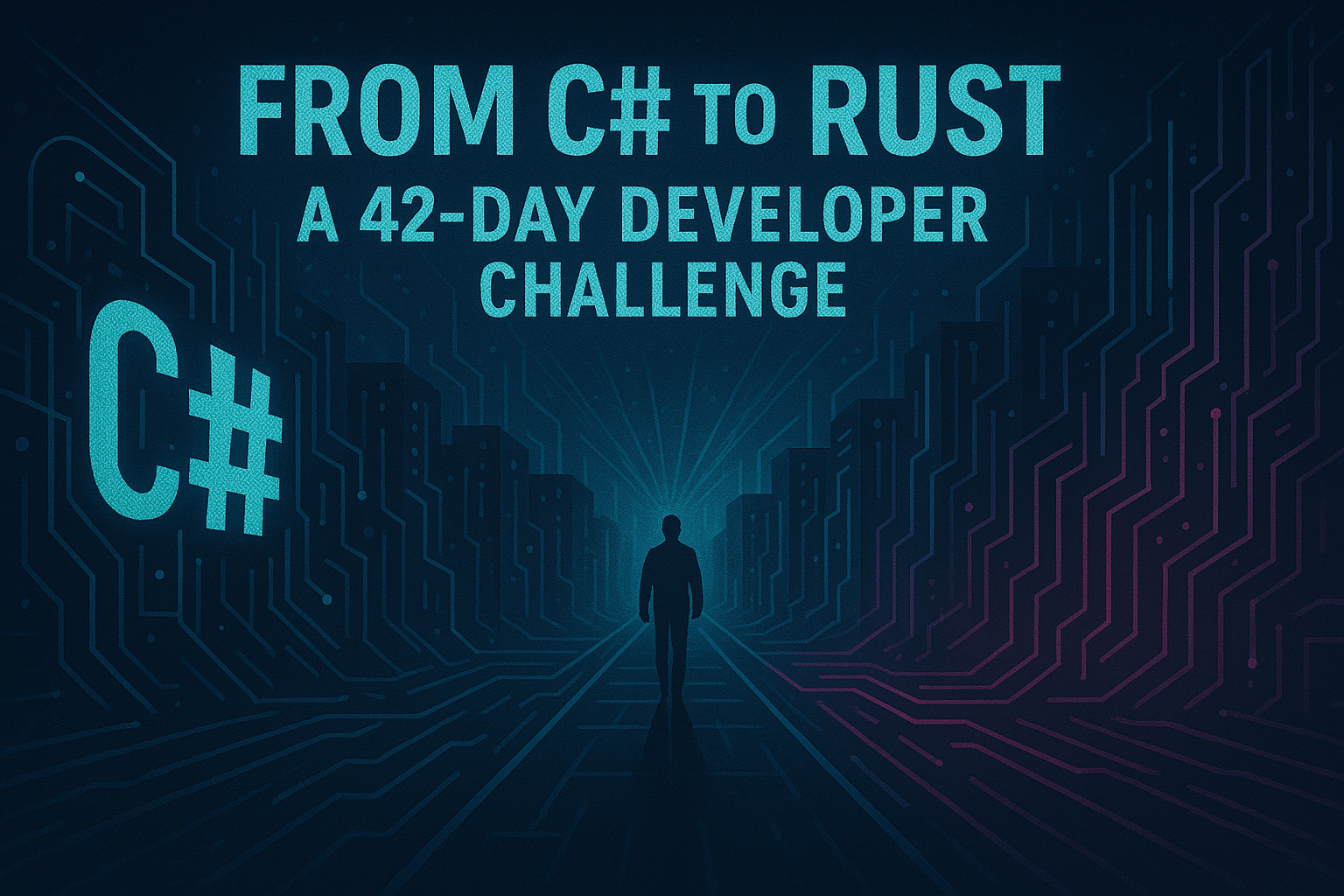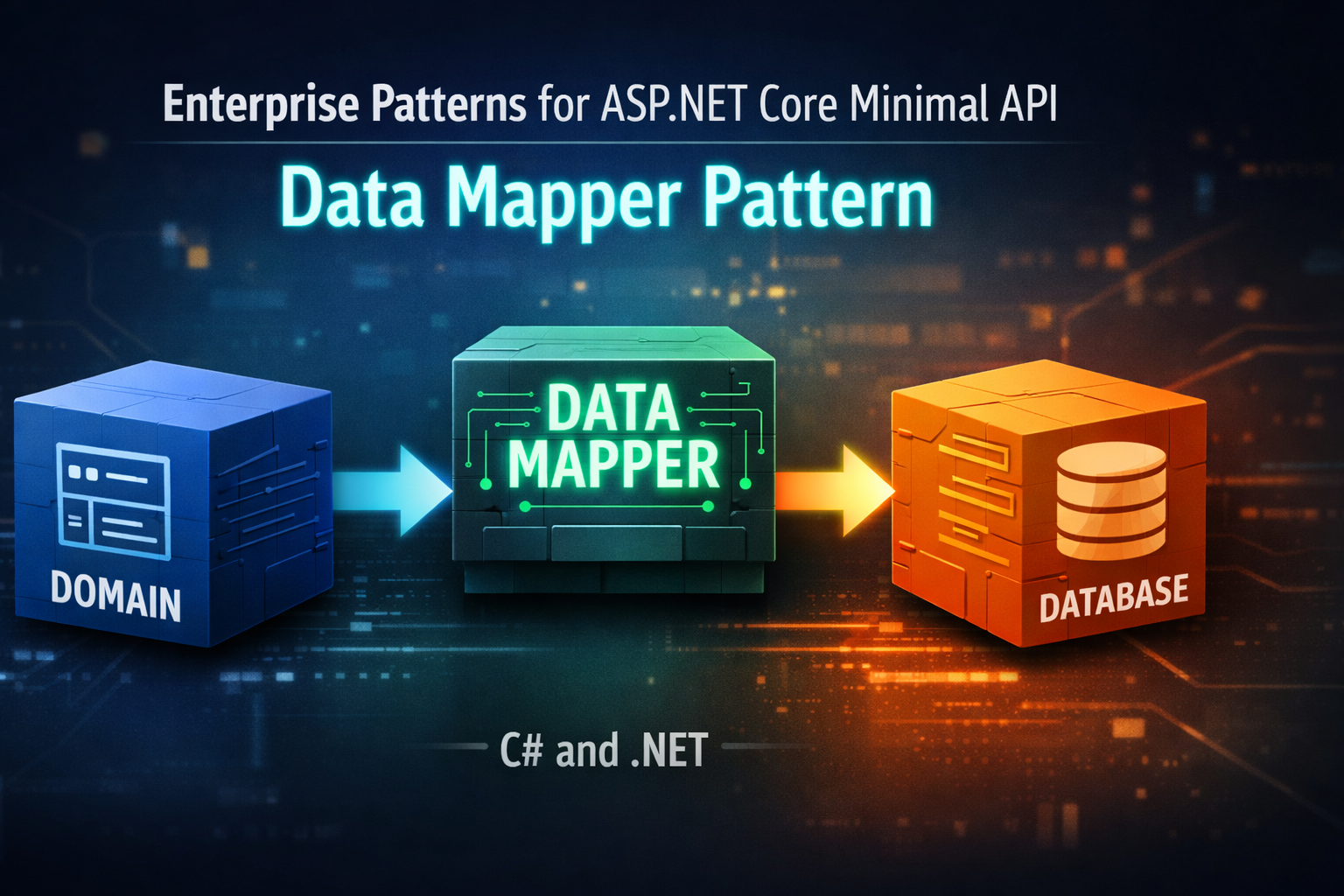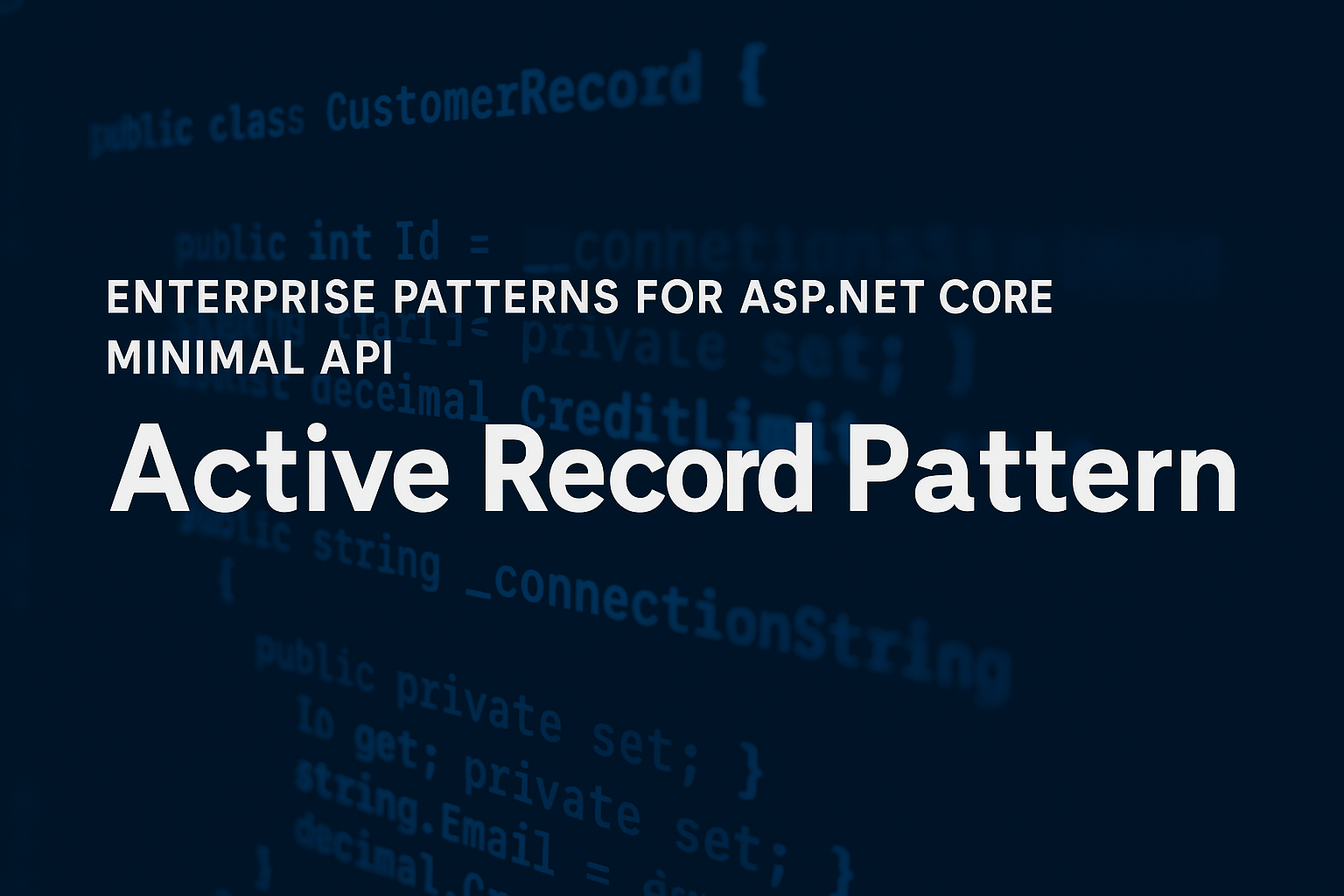
Batching Like a Boss: Using IDbContextFactory for High-Performance EF Core Updates
- Chris Woodruff
- February 3, 2025
- Entity Framework Core
- .NET, C#, Data, dotnet, Entity Framework Core
- 0 Comments
I love receiving feedback on my blog posts! After sharing “Batching Updates and Inserts: Making EF Core Work Smarter, Not Harder,” I received some great comments, especially from MaxiTB on Mastodon, which I wanted to share.
Batch operations—whether inserting or updating multiple records—can quickly lead to performance issues, particularly when DbContext is misused. However, with the helpful support of IDbContextFactory and DbContext Pooling, you can optimize batch processing, ensuring your application remains fast, scalable, and thread-safe.
Let’s break it down and see how you can batch like a boss in EF Core!
The Problem: DbContext and Batch Operations
By default, EF Core allows batching of inserts and updates when possible. But if you’re calling SaveChanges() in a loop, you’re in for a bad time.
The Wrong Way: Multiple DbContext Saves
foreach (var order in orders)
{
order.Status = "Processed";
await context.SaveChangesAsync(); // Too many database calls!
}
This sends one update statement per record, causing tons of unnecessary database trips. Not great for performance.
The Better Way: Batch and Save Once
foreach (var order in orders)
{
order.Status = "Processed";
}
await context.SaveChangesAsync(); // One batch update!
This combines updates into a single database transaction—MUCH faster!
But wait—there’s more! DbContext Pooling + IDbContextFactory can take this a step further.
Why IDbContextFactory<TContext>?
IDbContextFactory<TContext> creates new DbContext instances on demand rather than relying on scoped dependencies. This is super useful in batch operations because:
- Prevents long-lived DbContext issues (no memory leaks!)
- Thread-safe batch processing (no concurrency nightmares)
- Works great with DbContext Pooling (better resource management)
How to Register IDbContextFactory in EF Core
To use IDbContextFactory, update your DI configuration in Program.cs:
services.AddDbContextFactory<MyDbContext>(options =>
options.UseSqlServer("Your_Connection_String")
);
Boom! Now, we have a factory to create fresh DbContext instances whenever needed.
Using IDbContextFactory for Batch Updates
Instead of keeping a single DbContext instance for all batch operations, let’s create a new one per batch using IDbContextFactory.
The Right Way: Use IDbContextFactory for Batch Updates
public class BatchUpdateService
{
private readonly IDbContextFactory<MyDbContext> _contextFactory;
public BatchUpdateService(IDbContextFactory<MyDbContext> contextFactory)
{
_contextFactory = contextFactory;
}
public async Task ProcessBatchUpdatesAsync(List<int> orderIds)
{
using var context = _contextFactory.CreateDbContext(); // Fresh context for this batch
var orders = await context.Orders
.Where(o => orderIds.Contains(o.Id))
.ToListAsync();
foreach (var order in orders)
{
order.Status = "Processed";
}
await context.SaveChangesAsync(); // Batch update, single trip to DB!
}
}
Why This is Awesome:
- Each batch gets a fresh DbContext (avoiding conflicts).
- Ensures DbContext is disposed properly after the batch completes.
- Plays nice with DbContext Pooling, improving efficiency.
How Different Databases Handle Batch Updates
Not all databases handle batch operations the same way. SQL Server does it well, but other databases? Not so much.
| Database | Batch Inserts | Batch Updates | Notes |
|---|---|---|---|
| SQL Server | Yes | Yes | Best support for batching |
| PostgreSQL | Yes | Limited | Updates row-by-row unless optimized |
| MySQL | Limited | No | Bulk updates require custom logic |
| SQLite | No | No | One statement at a time |
Optimizing Batching for Non-SQL Server Databases
If you’re not using SQL Server, here are some ways to speed things up:
1. Use Raw SQL for Updates
await context.Database.ExecuteSqlRawAsync(
"UPDATE Orders SET Status = 'Processed' WHERE Id IN ({0})", orderIds);
2. Process Large Batches in Chunks
const int batchSize = 100;
for (int i = 0; i < orders.Count; i += batchSize)
{
var batch = orders.Skip(i).Take(batchSize).ToList();
using var context = _contextFactory.CreateDbContext();
context.Orders.UpdateRange(batch);
await context.SaveChangesAsync();
}
This prevents loading too much data into memory at once!
3. Use Bulk Extensions for Faster Writes
For databases like MySQL or SQLite, EFCore.BulkExtensions is a lifesaver:
await context.BulkUpdateAsync(orders);
Final Takeaways: Batch Like a Pro!
Batch processing in EF Core doesn’t have to be slow. By combining:
- Efficient Batching (saving once per batch)
- IDbContextFactory for Fresh DbContext Instances
- DbContext Pooling for Performance
- Optimized Queries for Non-SQL Server Databases
You can level up your batch updates and keep your app blazing fast!
So, what’s your go-to strategy for batching updates? Have you tried IDbContextFactory in your EF Core projects? Let’s chat in the comments!






